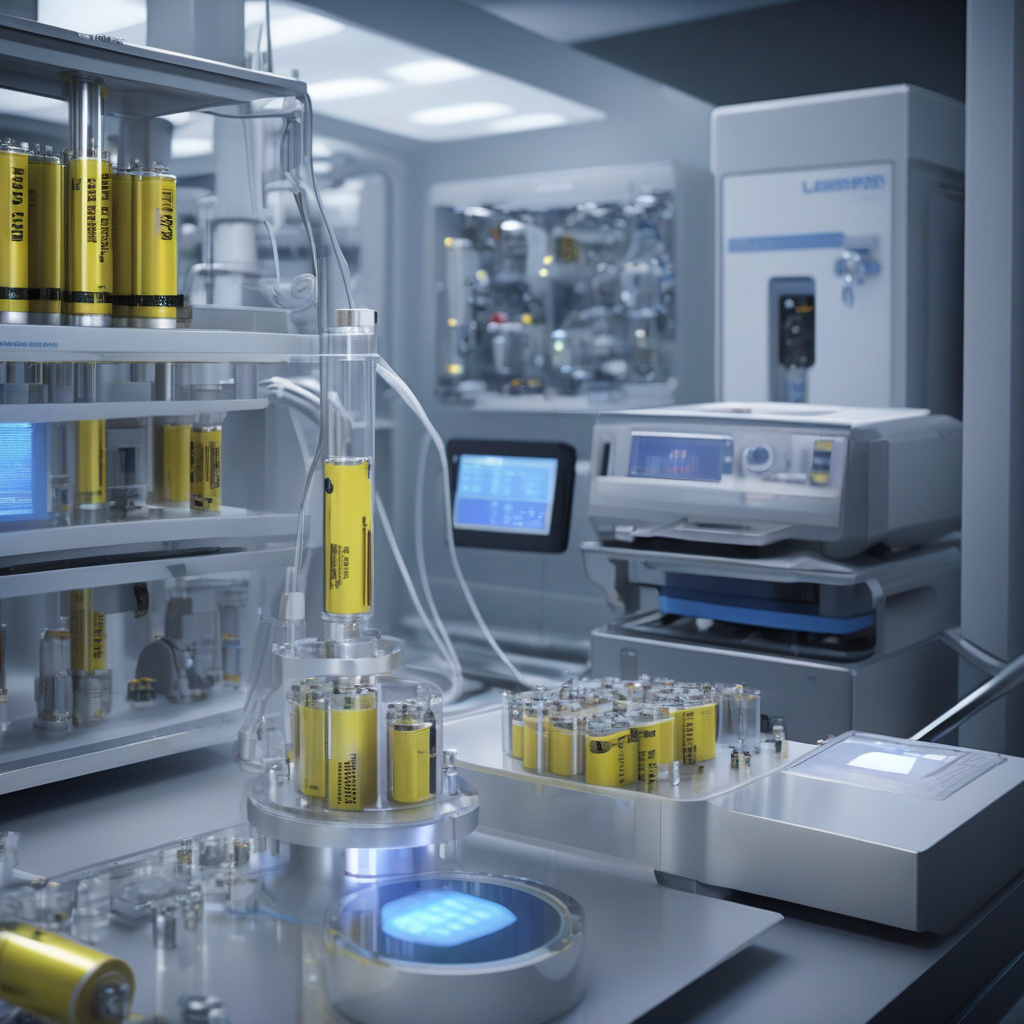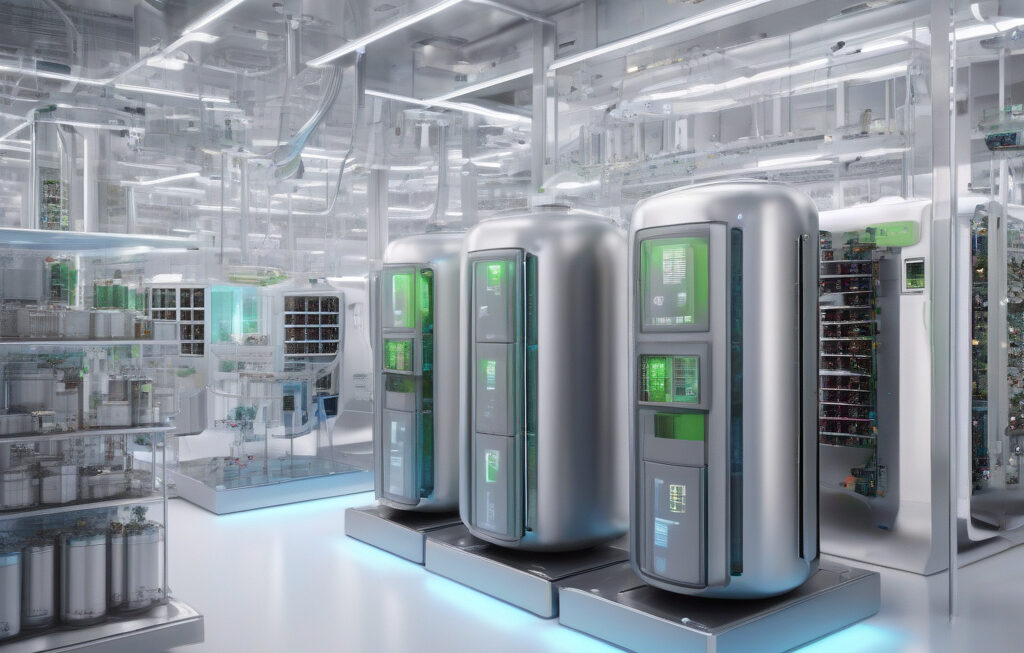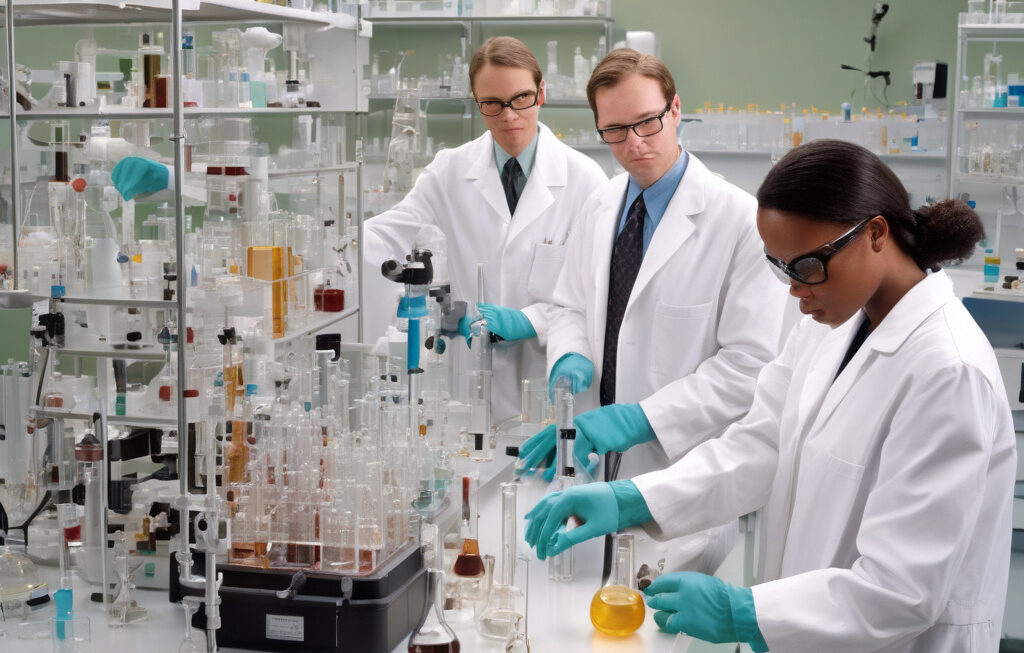Laser Tech Trick Supercharges Lithium-Sulfur Batteries with Longer Life and Power
Hong Kong University of Science and Technology (HKUST) researchers have designed a groundbreaking single-step printing process that utilizes laser technology to enhance the performance of lithium-sulfur batteries. This innovative technique has the potential to revolutionize the energy storage industry by significantly extending the lifespan and boosting the power output of these next-generation batteries.
Lithium-sulfur batteries have long been hailed as a promising alternative to traditional lithium-ion batteries due to their higher energy density. However, they have been plagued by issues such as short cycle life and poor rate performance, hindering their widespread adoption in various applications, from consumer electronics to electric vehicles.
The team of researchers at HKUST has managed to overcome these challenges by leveraging the power of lasers in a novel way. By using a single-step printing process, they were able to create a unique microstructure on the surface of the lithium-sulfur battery electrode. This microstructure not only improves the overall stability of the battery but also facilitates faster ion and electron transport, leading to enhanced performance.
One of the key advantages of this laser-assisted technique is its simplicity and scalability. Unlike conventional methods that involve multiple complex steps and expensive equipment, the single-step printing process is cost-effective and can be easily integrated into existing battery manufacturing processes. This makes it a viable solution for mass production, bringing us one step closer to commercializing lithium-sulfur batteries on a large scale.
In addition to extending the lifespan of lithium-sulfur batteries, the laser-enhanced electrodes also exhibit higher power density, enabling rapid charging and discharging rates. This makes them ideal for applications that require quick bursts of energy, such as electric vehicles and grid storage systems. With the global shift towards clean energy solutions, the demand for high-performance batteries continues to rise, making innovations like this all the more crucial.
Furthermore, the use of lasers in battery manufacturing opens up a world of possibilities for further optimization and customization. Researchers can fine-tune the microstructure of the electrodes to suit specific requirements, tailoring the performance of lithium-sulfur batteries for different applications. This level of flexibility and control is a game-changer in the field of energy storage, offering unprecedented opportunities for innovation and improvement.
As we look towards a future powered by renewable energy sources, the development of advanced battery technologies will play a pivotal role in shaping our energy landscape. The work of HKUST researchers in harnessing the power of lasers to supercharge lithium-sulfur batteries represents a significant step forward in this direction. By overcoming key limitations and unlocking new capabilities, this breakthrough has the potential to drive the widespread adoption of lithium-sulfur batteries and accelerate the transition to a more sustainable energy future.
In conclusion, the marriage of laser technology and battery innovation holds immense promise for the energy storage industry. With the successful demonstration of a single-step printing process that enhances the performance of lithium-sulfur batteries, researchers have opened up new avenues for improving the efficiency, lifespan, and power output of these next-generation energy storage devices. As we continue to push the boundaries of what is possible in the realm of battery technology, collaborations between academia and industry will be essential in bringing these advancements from the lab to the market, ultimately benefiting society as a whole.
lithium-sulfur batteries, laser technology, energy storage, HKUST researchers, battery innovation












